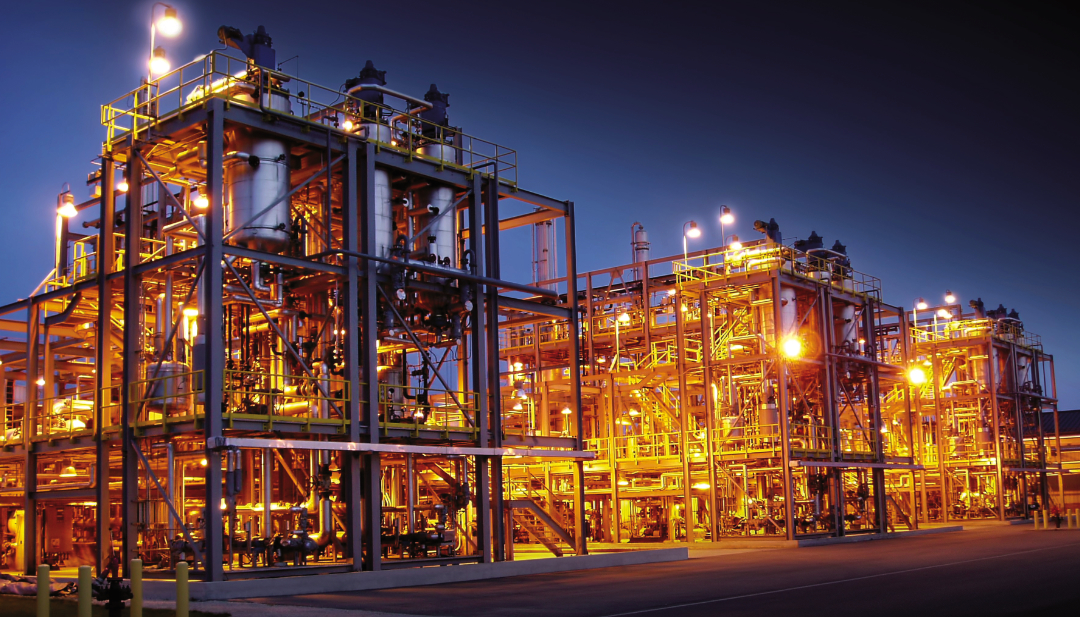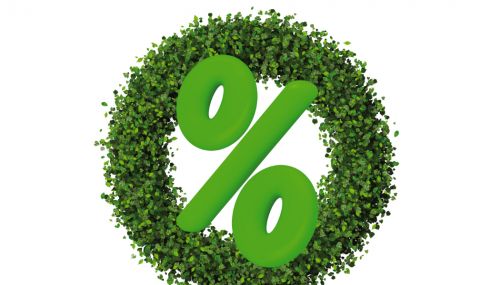All
Biodiesel Blending, Storage and Quality Control: Focusing on Success
by Jason Lawrence, Business Development Chevron

Blending biodiesel, storing it properly and maintaining its quality are important processes that can help determine the effectiveness and reliability of Bioheat® blended fuel. Whether you are incorporating biodiesel into your traditional heating oil supply for the first time or seeking to increase your blend levels, the following insights should help equip you with the knowledge to realize the benefits of biodiesel for home heating.
Blending Biodiesel in Cold Weather
Blending biodiesel with traditional heating oil requires careful consideration, particularly in the Northeast where temperatures usually drop significantly in the wintertime. Understanding the cold weather specifications for both your base heating oil fuel and biodiesel is important for success. Here are some important guidelines to follow:
Blend at Appropriate Temperatures - Always blend biodiesel with heating oil when both fuels are at least 10º F above their respective cloud points. The warmer the biodiesel, the better it will blend. Ideally, maintain a blending temperature of 70º F or higher.
Protect Fuel Pumps - When pumping biodiesel in cold weather through a conventional fuel pump, ensure that the hose and supply line to the pump are insulated and heated to maintain a consistent temperature. Proper insulation and heating prevent the fuel from gelling, which can cause blockages and damage to the pumping system.
Avoid Cold, Empty Tanks - Do not introduce biodiesel directly into a cold, empty tank. Cold tanks can cause the biodiesel to cool rapidly and form crystals, leading to poor mixing and potential blockages. Pre-heating the tank or adding biodiesel to a partially filled tank with warm heating oil can help prevent these issues.
Storage of Biodiesel Blended Fuels
Proper storage conditions will help maintain the integrity of biodiesel blends. The cloud point of the biodiesel blend will determine the necessary storage temperature. Consider the following storage tips:
Store at Proper Temperature - For biodiesel blended fuels containing up to 30 percent biodiesel, heated and insulated tanks are generally not required, except in extremely cold climates. However, it is recommended that B100/B99 be stored in heated and insulated tanks to prevent gelling and maintain fluidity. To last through the cold Northeast winters, ensuring that storage facilities are equipped with heating systems can impact the fuel’s performance.
Extreme Cold Precautions - Above-ground storage and handling systems—including pipes, tanks, and pumping equipment—should be protected with insulation, agitation, heating systems, or other measures if temperatures regularly fall below the cloud point. Insulating pipes and tanks, installing heaters, and using circulation pumps to keep the fuel in motion can help prevent the biodiesel from solidifying.
Regular Monitoring - Regularly monitor the temperature of storage tanks and ensure that they remain within the recommended range. Investing in temperature sensors and automated heating controls can help maintain optimal storage conditions and prevent fuel degradation.
Maintaining Quality
Ensuring the quality of biofuels after delivery is important for both business operations and customer satisfaction. Here are some steps to help maintain product quality:
Clean Tanks Before Filling - Clean, inspect, and repair tanks before filling with biodiesel blended fuel. Professional cleaning of older tanks is recommended to remove particles and deposits that might contaminate the fuel supply. Regular maintenance and cleaning schedules can prevent the build-up of sediments and microbial growth, which can compromise fuel quality.
Keep Tanks Water-Free - Storage tanks and fuel systems should be kept free of water at all times. Water can promote fuel system corrosion and microbial growth, compromising fuel quality. Using water-absorbing filters and regularly checking for water presence in tanks can help mitigate these risks.
Monitor for Leaks - Regularly check hoses, fills, vents, and gaskets for leaks to prevent contamination. Ensuring that all connections and seals are in good condition can prevent external contaminants from entering the fuel system.
Monthly Water Checks - Check tanks at least monthly for water by obtaining a tank bottom sample. This should be done before and after every fuel delivery, particularly if fuel is not delivered frequently. More frequent testing may be needed during prolonged or unusual rainy periods. Consistent monitoring helps identify and address water contamination issues promptly, maintaining the fuel’s integrity.
By incorporating these tips for blending, storing, and maintaining biodiesel, heating oil distributors can help improve the optimal performance and longevity of their biodiesel investments. These practices not only enhance operational efficiency but also can contribute to customer satisfaction by providing a reliable and high-quality fuel source. Embracing biodiesel’s benefits, while taking necessary precautions will help position your business at the forefront of lower carbon intensity energy solutions. If you have any additional questions, feel free to contact me or visit www.regi.com.
Jason Lawrence is Senior Business Development Executive at Chevron Renewable Energy Group. He can be reached at (717) 989-1313 or jason.lawrence@chevron.com.
Bioheat® is a trademark of the Clean Fuels Alliance America and used under license.
Related Posts
 How to Set Your Business Apart with Renewable Propane
How to Set Your Business Apart with Renewable Propane
Posted on October 16, 2025
 EIA Report: Biodiesel and Renewable Diesel Imports Fall Sharply
EIA Report: Biodiesel and Renewable Diesel Imports Fall Sharply
Posted on October 16, 2025
 Northeast Liquid Fuel Providers Put Higher Bioblends in Focus
Northeast Liquid Fuel Providers Put Higher Bioblends in Focus
Posted on August 19, 2025
 Lower Carbon Lineup Puts Businesses on the Path to Net Zero Goals
Lower Carbon Lineup Puts Businesses on the Path to Net Zero Goals
Posted on August 18, 2025
Enter your email to receive important news and article updates.
